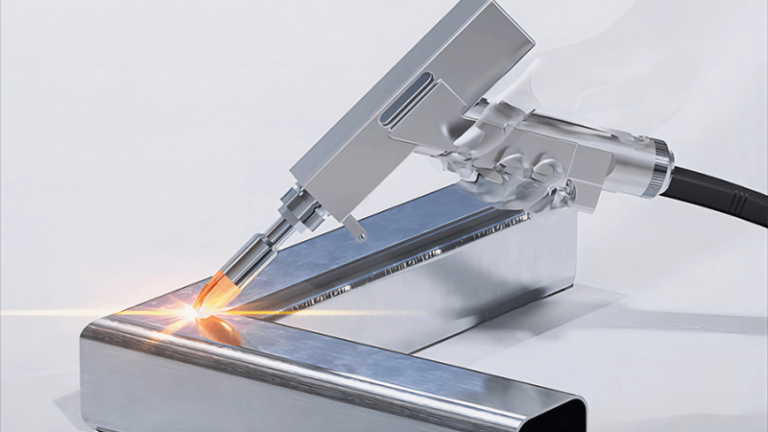When you look at a guitar, the finish tells a story. A clean, custom logo or detailed pattern can make it one of a kind. But choosing the right laser machine to engrave that story onto the body is what really matters.
To laser engrave guitar bodies, I use CO₂ laser engraving machines for wood or acrylic guitars, and fiber laser marking machines for metal parts. Each laser type has a unique wavelength that determines how it interacts with different materials.
For years, I’ve worked with musicians and luthiers who wanted their guitars to reflect personality and craftsmanship. From my experience at Kirin Laser, the right machine doesn’t just mark a surface—it defines a brand, a tone, and sometimes even a legacy.
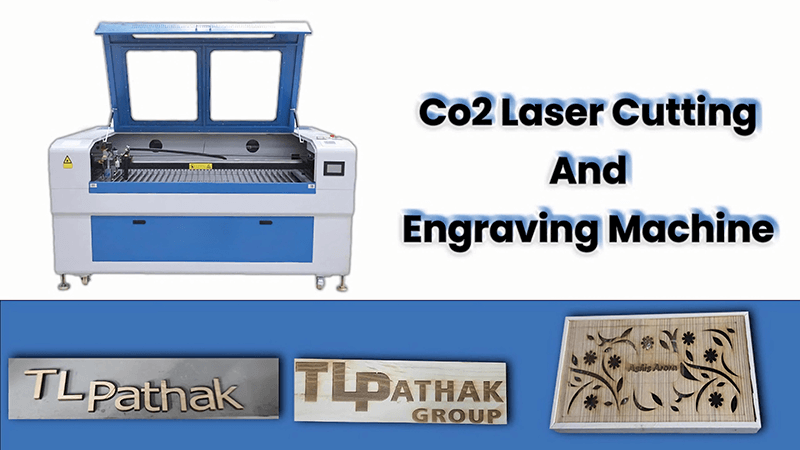
Can you laser engrave a guitar?
A guitar isn’t just an instrument. It’s a piece of art and emotion. Many guitar builders ask if laser engraving can handle delicate wood finishes or curved bodies without burning or cracking. I asked the same question the first time I tried engraving maple.
Yes, you can laser engrave a guitar body. Using a CO₂ laser engraving machine, you can etch detailed designs, logos, or text onto wood, acrylic, or leather without damaging the material. The process is precise, customizable, and permanent.
Understanding the Process
Laser engraving uses a focused beam of light to remove or darken surface material. CO₂ lasers1, which emit light at around 10.6 micrometers, are ideal for organic materials like wood and leather.
Here’s a simple comparison:
| Material Type | Recommended Laser | Wavelength | Result |
|---|---|---|---|
| Wood (Maple, Mahogany) | CO₂ Laser | 10.6 µm | Deep, dark marks |
| Acrylic | CO₂ Laser | 10.6 µm | Smooth, frosted marks |
| Metal Parts | Fiber Laser | 1.06 µm | Permanent, clean engraving |
My Experience
Once, a small guitar studio asked me to help them create custom logos on every body they made. Stickers and paint never lasted. When we switched to a CO₂ laser, the results were transformative. The maple grain took the marks beautifully, with smoky contrast and clean depth. The owner called it “branding with soul.” That’s the beauty of laser engraving2—every mark tells a story that lasts as long as the music.
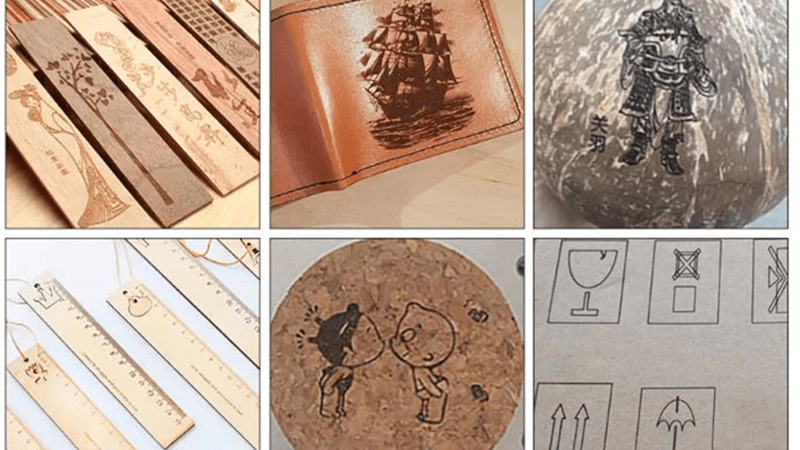
Can a 60W CO₂ laser engrave metal?
The short answer is what surprises most people. Many assume more power means engraving anything. But in laser physics, wavelength matters even more than wattage.
A 60W CO₂ laser cannot directly engrave metal. It can mark coated metals or anodized aluminum, but it cannot cut or etch bare metals effectively because its wavelength does not absorb into metal surfaces.
The Science Behind It
The 10.6 µm wavelength of CO₂ lasers3 interacts strongly with organic materials but poorly with metals. Metals reflect this light instead of absorbing it, so the laser energy doesn’t penetrate deeply enough to engrave. However, with surface treatments—like Cermark sprays or anodized coatings—you can achieve decent results for light markings.
| Metal Type | Engrave Directly with CO₂ | Requires Coating | Recommended Laser |
|---|---|---|---|
| Aluminum (bare) | ❌ | ✅ | Fiber Laser4 |
| Stainless Steel | ❌ | ✅ | Fiber Laser |
| Anodized Aluminum | ✅ | No | CO₂ Laser |
Why It Matters for Guitar Makers
If you’re customizing metal plates, brackets, or control covers, you’ll want those engravings to last. Using a fiber laser ensures durability under constant handling and exposure. I’ve seen CO₂ attempts fade or peel over time, but fiber-marked components stay crisp for years.
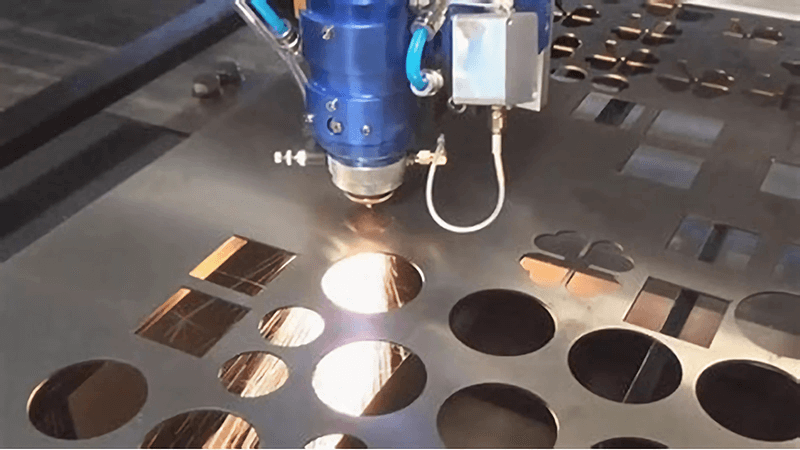
What kind of laser engraver do I need for metal?
When I first explored engraving metal guitar parts, I quickly learned that not all lasers are built for it. It’s not about raw power—it’s about how the light interacts with atoms on the surface.
For engraving metal, you need a fiber laser marking machine. Fiber lasers use a shorter wavelength (~1.06 µm) that metal surfaces absorb efficiently, producing deep, precise, and permanent marks.
Why Fiber Lasers Excel
Fiber lasers deliver higher intensity at smaller focal points. This means faster engraving, less heat distortion, and better contrast. They can mark metals like stainless steel, aluminum, brass, and titanium—all commonly used in guitar hardware.
| Laser Type | Wavelength | Best For | Example Use |
|---|---|---|---|
| CO₂ Laser | 10.6 µm | Wood, acrylic | Guitar bodies |
| Fiber Laser5 | 1.06 µm | Metal | Pickguards, bridges, brackets |
| UV Laser | 0.355 µm | Plastic, glass | Transparent pickguards |
Real-World Application
When we developed Kirin Laser’s fiber marking system, we aimed for versatility. I remember one client who engraved 500 stainless steel6 control plates for limited-edition guitars. They needed speed and consistency. The fiber laser completed the job with perfect clarity—every logo identical, every edge sharp.
That’s what precision in every beam means to us. It’s not just power—it’s control, consistency, and the confidence that every mark represents your brand quality.
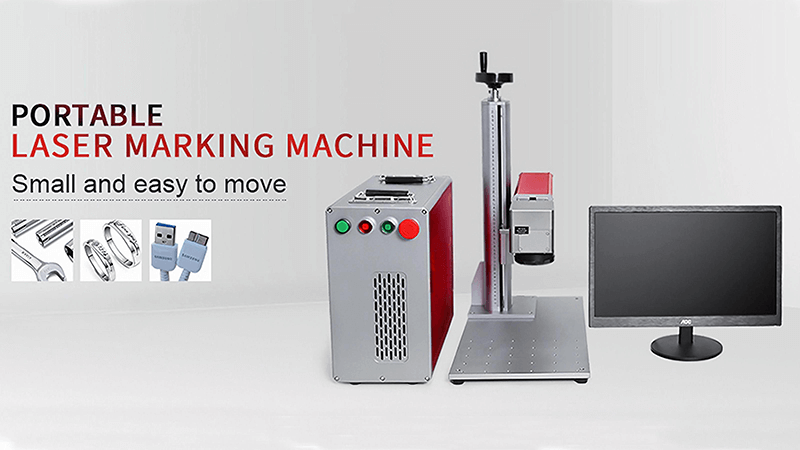
Can a 100W CO₂ laser engrave metal?
It’s tempting to think doubling the power solves everything. A 100W CO₂ laser sounds fierce, but the real question is: can it change how the light interacts with metal?
Even a 100W CO₂ laser cannot properly engrave bare metal. While higher wattage increases cutting power, it doesn’t fix the wavelength mismatch that prevents energy absorption on metal surfaces. Fiber lasers remain the best choice for metal engraving.
Understanding the Limits
Power adds depth only when the material absorbs the beam. For wood or acrylic, 100W CO₂ lasers7 cut faster and deeper. But for metals, the reflective surface still resists the 10.6 µm wavelength. You’ll get surface discoloration at best, not a real engraving.
| Power (W) | Material | Result | Recommended Laser |
|---|---|---|---|
| 60W CO₂ | Wood | Deep engraving | CO₂ Laser |
| 100W CO₂ | Metal | Weak marking | Fiber Laser8 |
| 30W Fiber | Metal | Permanent engraving | Fiber Laser |
My Take as a Manufacturer
At Kirin Laser, we often get clients who ask if upgrading to 100W CO₂ will let them engrave metal. My answer is always honest: no, but you can pair CO₂ for organic surfaces and fiber for metals. Many of our industrial clients now use dual-laser setups—one CO₂ and one fiber—in a single workstation. That hybrid solution saves time and expands capability for guitar makers who work with both wood and metal.
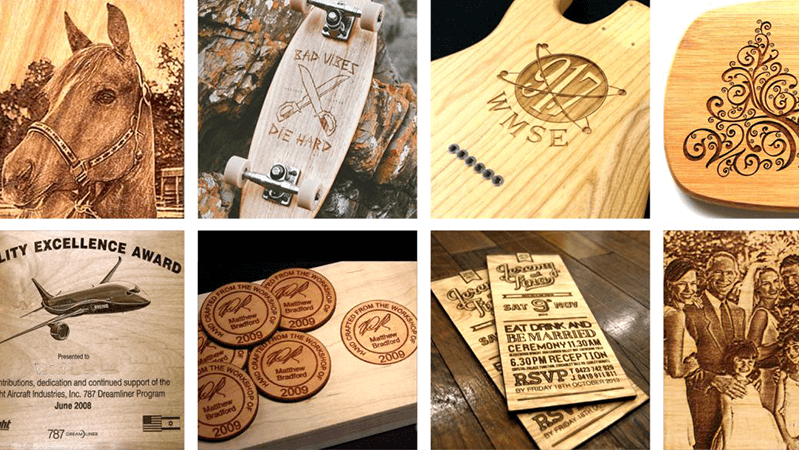
Conclusion
Engraving a guitar body is both science and art. A CO₂ laser engraver gives wood that smoky, natural finish musicians love, while a fiber laser delivers clean, lasting marks on metal hardware. From logos to serial numbers, the right laser turns every guitar into a signature piece.
At Kirin Laser, we combine both worlds—CO₂ and fiber technology9—to help builders, brands, and artists achieve precision in every beam. Whether you’re engraving maple, acrylic, or aluminum, choosing the right machine means choosing the right voice for your music.
-
Explore the advantages of CO₂ lasers for engraving, especially for organic materials like wood and leather. ↩
-
Learn about the laser engraving process and its diverse applications, enhancing your understanding of this technology. ↩
-
Understanding CO₂ lasers is crucial for effective engraving, especially in customizing metal components. ↩
-
Exploring Fiber Lasers will reveal their benefits for durable engravings, essential for long-lasting metal customization. ↩
-
Explore this link to understand how Fiber Lasers enhance engraving quality and speed, making them ideal for precision work. ↩
-
Discover why stainless steel is favored in guitar hardware for its durability and aesthetic appeal, ensuring long-lasting performance. ↩
-
Explore this link to understand how 100W CO₂ lasers enhance cutting efficiency and depth for various materials. ↩
-
Discover the advantages of Fiber Lasers in metal engraving, including their efficiency and precision. ↩
-
Find the best laser engraving machine and laser engraving solutions fron Kirin Laser, clicking this link to get all your needs. ↩





